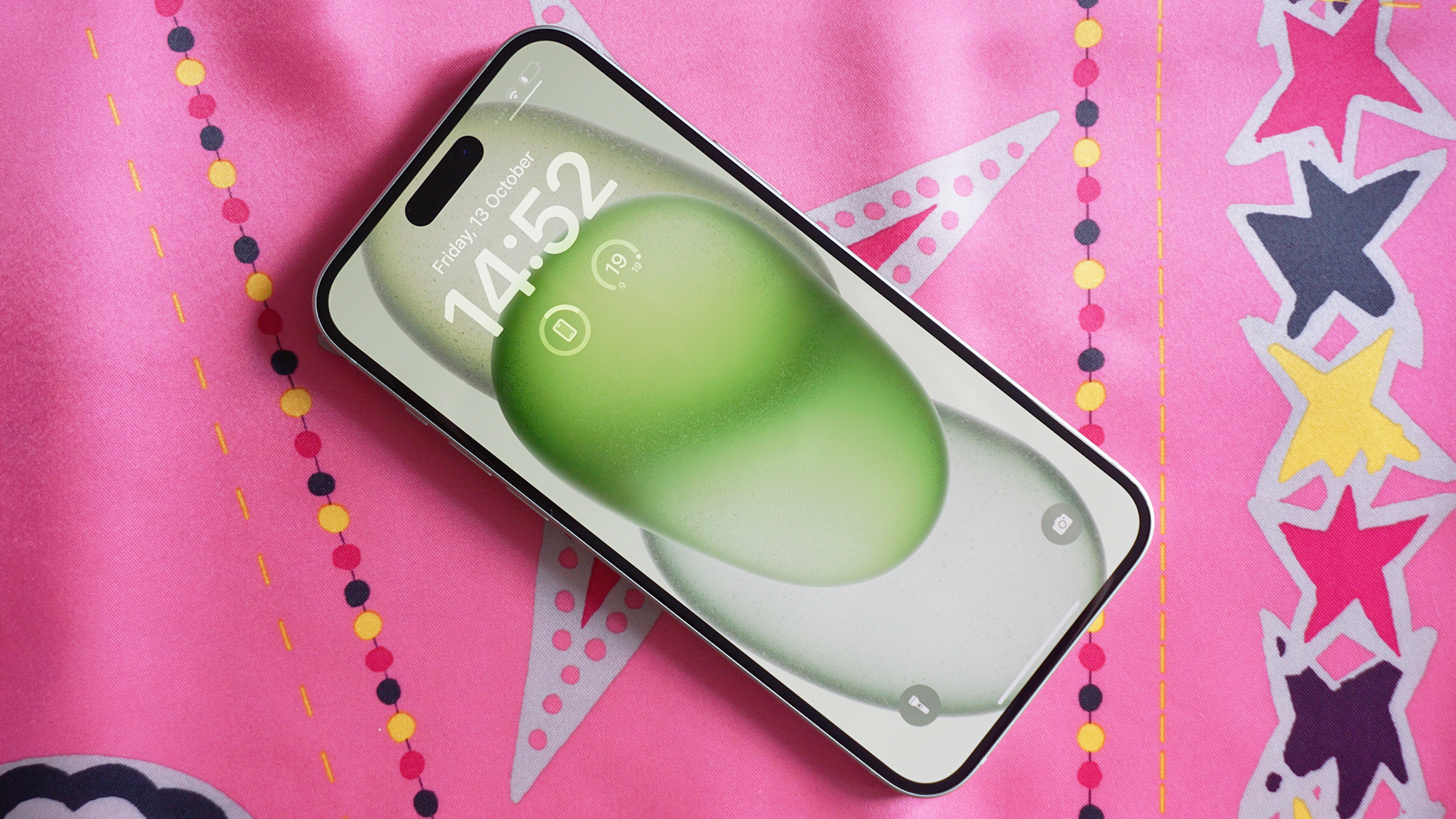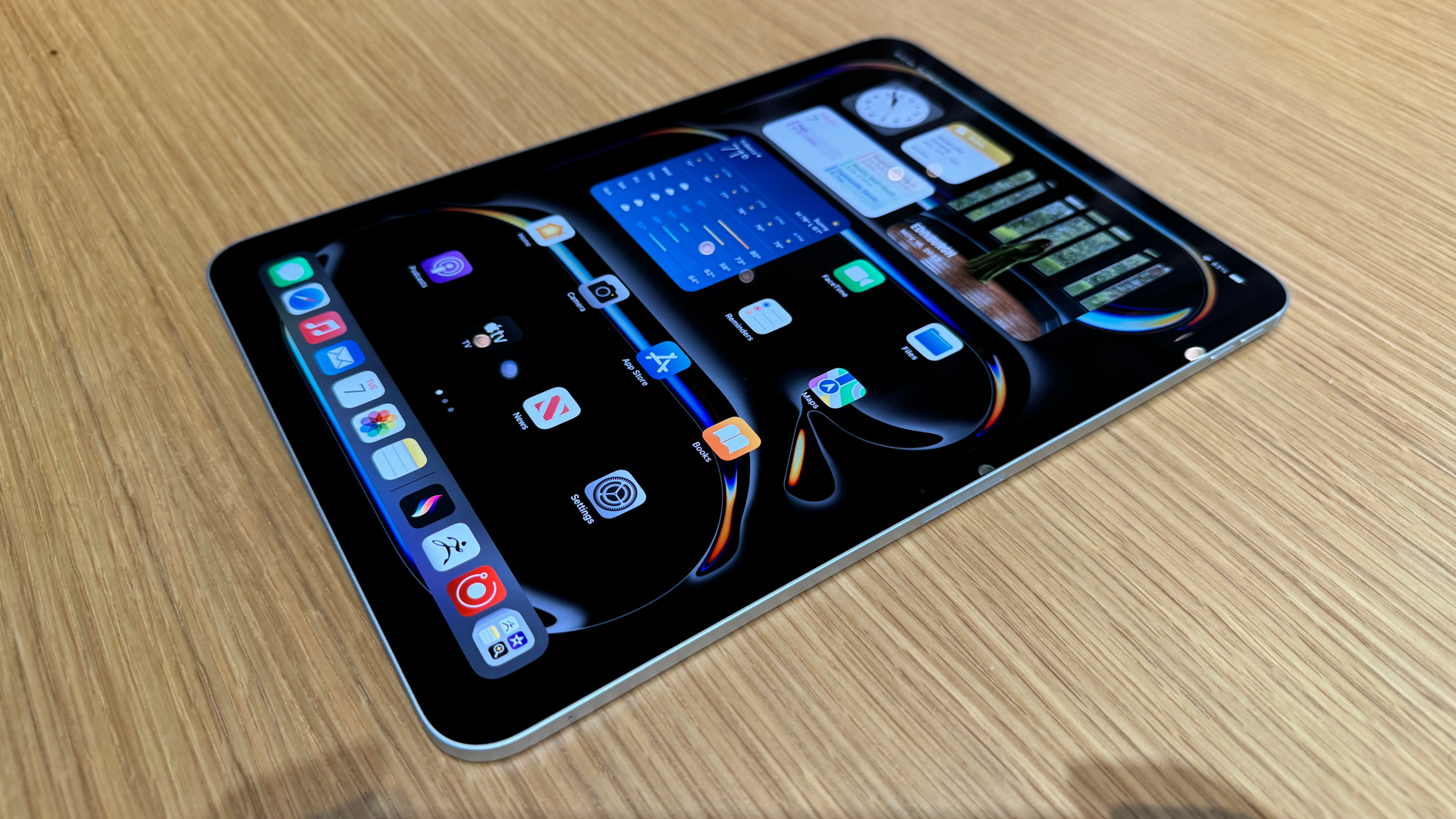
The technology is ready, I'm ready, and I think we can all agree that a so-so iPhone 16 update won't be enough to ensure upgrades. What I want from Apple this September is quite simple: a 5.1mm-thick iPhone, essentially the iPhone 16 Slim.
By now, you've likely heard that rumored name, but attached to the mythical iPhone 17 Slim, a product that may replace the hapless iPhone 15 Plus (a lovely phone that no one seems to want anymore): It's anticipated to be 6.7 inches, not quite as powerful as one of the Pro phones but, as the name suggests very thin.
That Apple is possibly considering any phone slimmer than its once benchmark of thinness, the 6.9mm, "bendable" iPhone 6 and iPhone 6 Plus is notable. The lesson learned by Apple at the time is that consumers do not prize thinness over strength. At some point, the physics of a too-thin device can't overcome torquing, which is really just twisting the slab until it breaks.
Since then, the iPhone has gotten steadily thicker. The iPhone 15 Pro and iPhone 15 Pro Max are each 8.25mm. That's by no means thick but it is solid, and in a 6.7-inch iPhone 15 Pro Max – my preferred device – it can make the 187-gram handset feel, to put it kindly, substantial.
Screen tech FTW

Now, though, we know there's another way, a much slimmer way and it's all thanks to a rather incredible display innovation introduced with the big-screen iPad Pro 13-inch: Tandem OLED display.
As the name suggests, the screen technology combines two OLED screens to improve brightness and efficiency. However, since OLED panels are so thin and deliver their own light source, there's no need for additional LED backlights. It's how Apple delivered its thinnest mobile device ever: the 1.28-lb., 5.1-mm iPad Pro 13-inch.
If you've never touched or held this tablet in your hands, you do not know what you're missing. It feels impossibly thin and light for such a powerful tablet (inside is the new M4 chip). For all its thinness, the iPad Pro 13-inch doesn't feel flimsy or particularly bendable. I think Apple has learned enough about materials and strengthing slim products that bending is no longer a significant concern.
With that issue more or less settled, I think we need more of this, and I want it in the rumored iPhone 16.
Most leaks point to a largely unchanged iPhone 16. The iPhone 16 Pro line might see more radical updates like a larger 6.9-inch iPhone 16 Pro Max display and the possibility of a larger zoom camera. If that last rumor comes to pass, it might require a larger tetraprism mechanism, and that could rule it out for a radical slimdown.
Even so, implementing a Tandem OLED screen in the iPhone 16 Pro Max and iPhone 16 Pro might mean that they still shave a couple of millimeters off and end up closer to the classic iPhone 6's 6.9mm chassis.
Reinventing the Plus
The big benefactor of a Tandem OLED might be the Plus model, which would become the iPhone 16 Slim. A 5.1mm-thick iPhone might finally make the somewhat underpowered and oversized Plus desirable again.
Combining Apple's most cutting-edge screen technology with what will likely be last year's Apple Silicon (maybe the A17 Pro or the A16 Bionic, which would be an upgrade from the iPhone 15 Plus' A16) might be a stretch. That's why I think Apple will give the Plus model more of a glow-up as it transitions to the iPhone 16 Slim, and for that, I think we can thank Apple Intelligence.
As it stands Apple intelligence, which was announced at WWDC 2024 and arrives in September, will only run on the A17 Pro chip in the iPhone 15 Pro and iPhone 15 Pro Max. I've long assumed that the entire iPhone 16 line would get A18-class chips that should all be capable of running Apple Intelligence. The reason is simple: Apple wants as many customers as possible to experience its first full-throated attempt at Generative AI. Leaving the iPhone 16 and 16 Plus out of the AI revolution makes no sense.
Transitioning the iPhone 16 Plus to the iPhone 16 Slim with a major chip-based power upgrade is a way of leaving the Plus past behind and introducing a much more exciting large-screen but still more affordable iPhone. The cost saving will come not from the chip or display technology level but, as is usually the case, from the cameras. Apple will simply leave out its new telephoto lens and may not upgrade the ultra-wide and main cameras from the iPhone 15 Plus.
This is how we will get our iPhone 16 Slim in 2024. I'm not saying this is Apple's plan, but wouldn't it be wonderful if it were?







